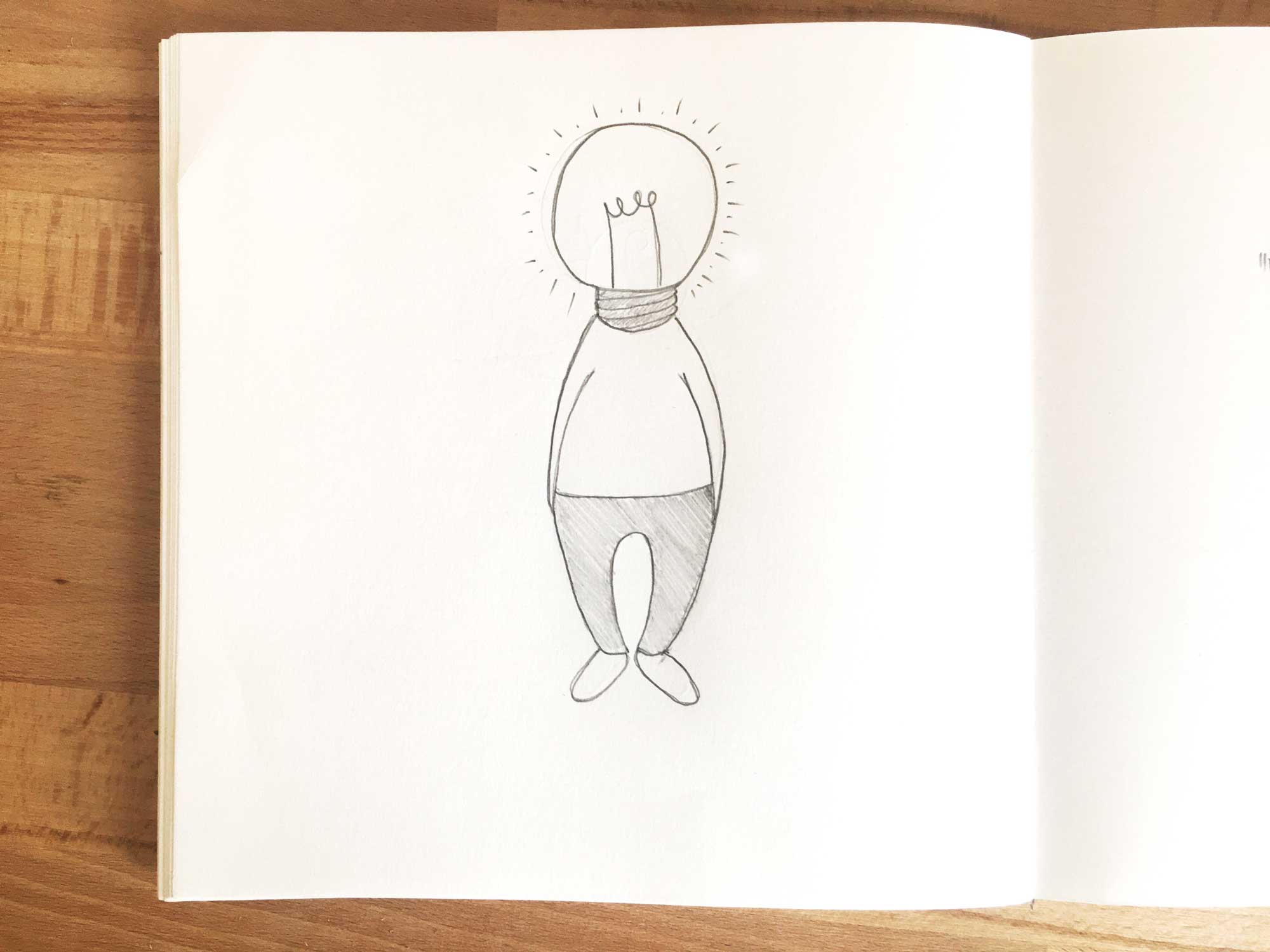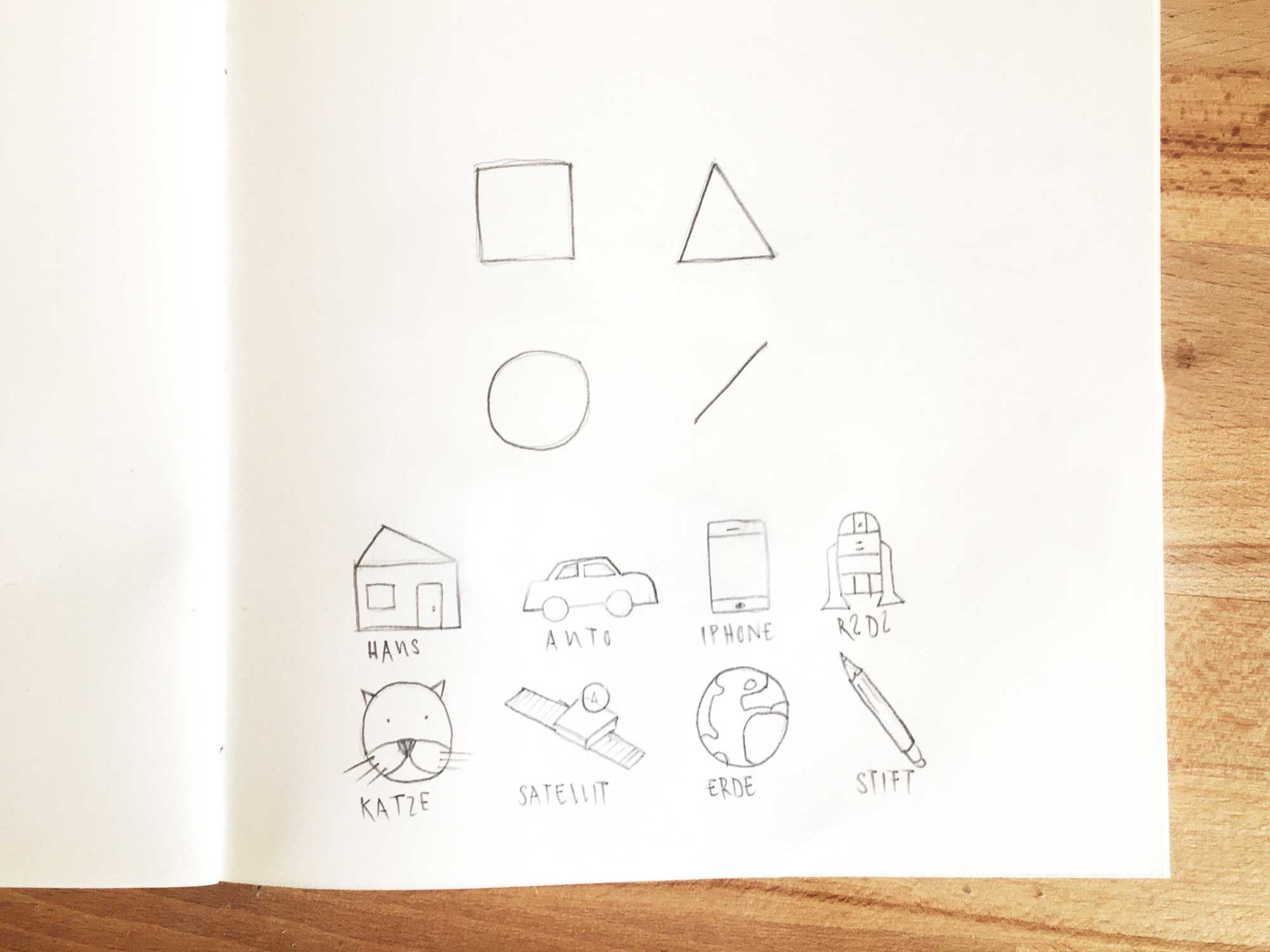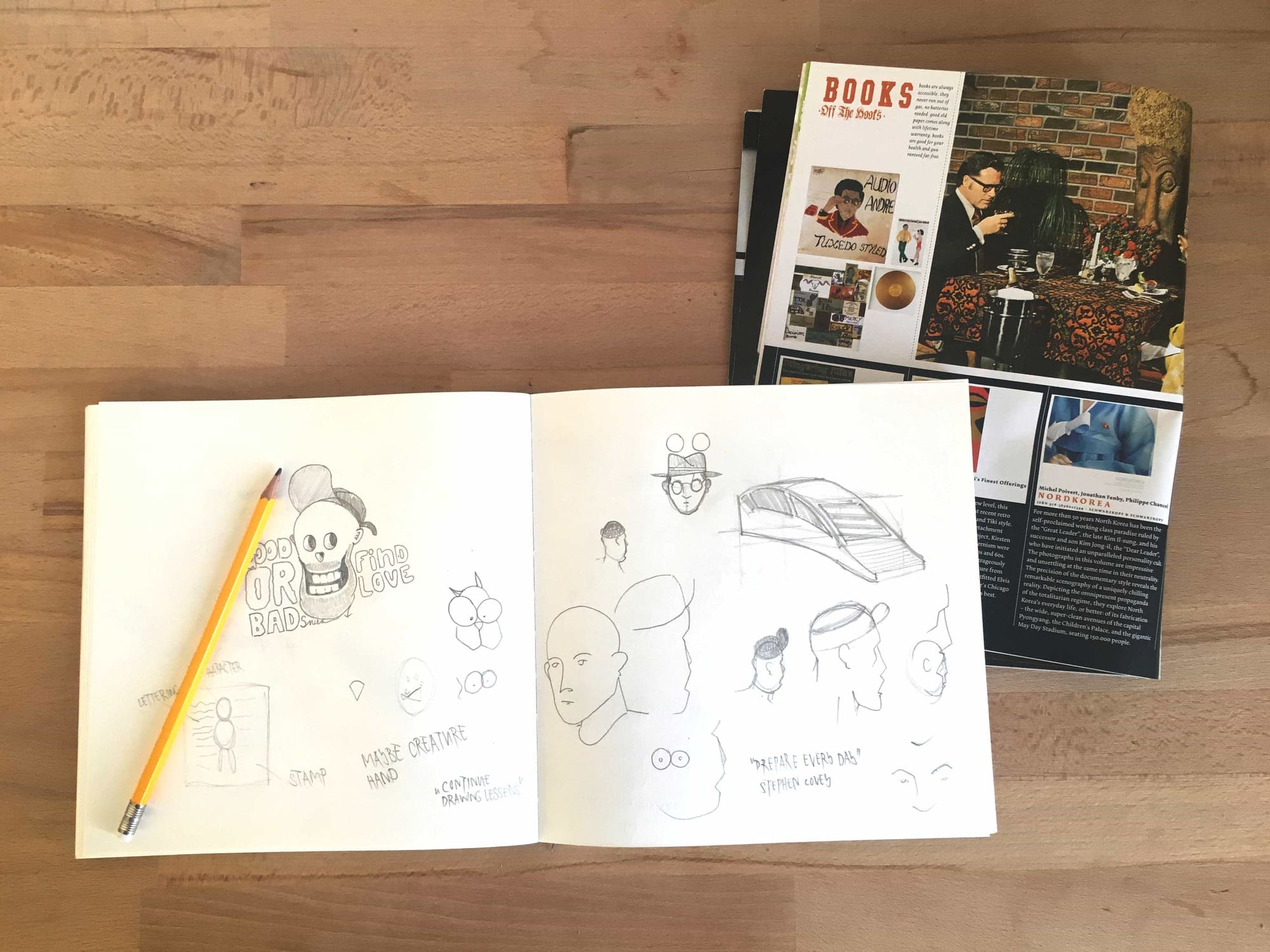
How to Scribble – Tips From Our Creatives
Natalie Ediger, November 28, 2016· Digital Learning
Shift of Mindset

“I just can’t draw – but I’d love to!”
If you then inquire whether the person tries it in between, then in 90 percent of the cases a no comes. And then the following presumption comes to my mind: Most probably the person in question has never really tried it!
I think anyone could become a Picasso or a da Vinci if they put as much time, energy and heart and soul into drawing as into their postage stamp (or Pokemon) collection.
It’s like all things; practice makes perfect. That’s why I tell you, forget that you “can’t draw” and try to give it a little attention. And I guarantee that you will progress faster than you think.
I don’t think I am an excellent pencil acrobat myself. However, I describe my pen skills as efficient. That also makes sense, with Cleverclip there are a lot of people who can draw much better than me. Scribbeling is not my main task either. I am a project manager and my most important function is to mediate between artists and business people. My Doodles help me with this …
Honestly, what’s the point?

I can transfer a concept from my head to a sheet of paper with simple strokes – and that’s exactly what it’s all about. The purpose of this article is not to teach you how to draw complex shadow casts of a face. No, I want this text to show you something much simpler: Namely, that you can achieve a lot with simple shapes.
The goal is to create better communication. This gives you the opportunity to communicate more efficiently in your environment. I use drawing to give the artists an idea of what I imagine or exactly how a customer’s business model is structured. Or to assure the customer that we are both talking about the same thing. And yes, in most cases it is perfectly sufficient to work with stick figures.
For my part, I was able to explain many ideas better and faster as soon as I picked up my pen and paper and recorded what I had in mind.
The good thing about it is that you have to be as concrete as possible with little effort. It’s not easy to break down the idea you have in your head and put it on paper so that others can understand it. A good side effect is that you have to make clear decisions about how you want to present something. You will quickly find gaps in your concept.
A learning process

So, after all the chatter we finally want to get down to business and get started!
Take something to draw on: Printer paper, an envelope or a Post-it. And of course you need a pen.
Most things can be reduced to 4 forms:
Circle, triangle, square and/or line

As you can see, with simple geometric shapes and just a few strokes, you can draw quite a few things. You don’t really need to be able to do more than that. Scribble just go for it!
Steal Like an Artist!

Without inspiration, everything is a little more difficult. This also applies to drawing. So look for things that appeal to you and then try to sign them off. Most of the things I draw I’ve seen somewhere and I’ve signed at least once. Over time I will be able to put these things in other places and give them my own handwriting. Steal Like an Artist is a great book that brings this process closer to you.
I hope I could convince you that drawing is not only fun, but also quite simple … and can also generate a strong added value.
Until then, have fun doodling!
Interested in more news & opinions about design and storytelling? Well then off to our newsletter